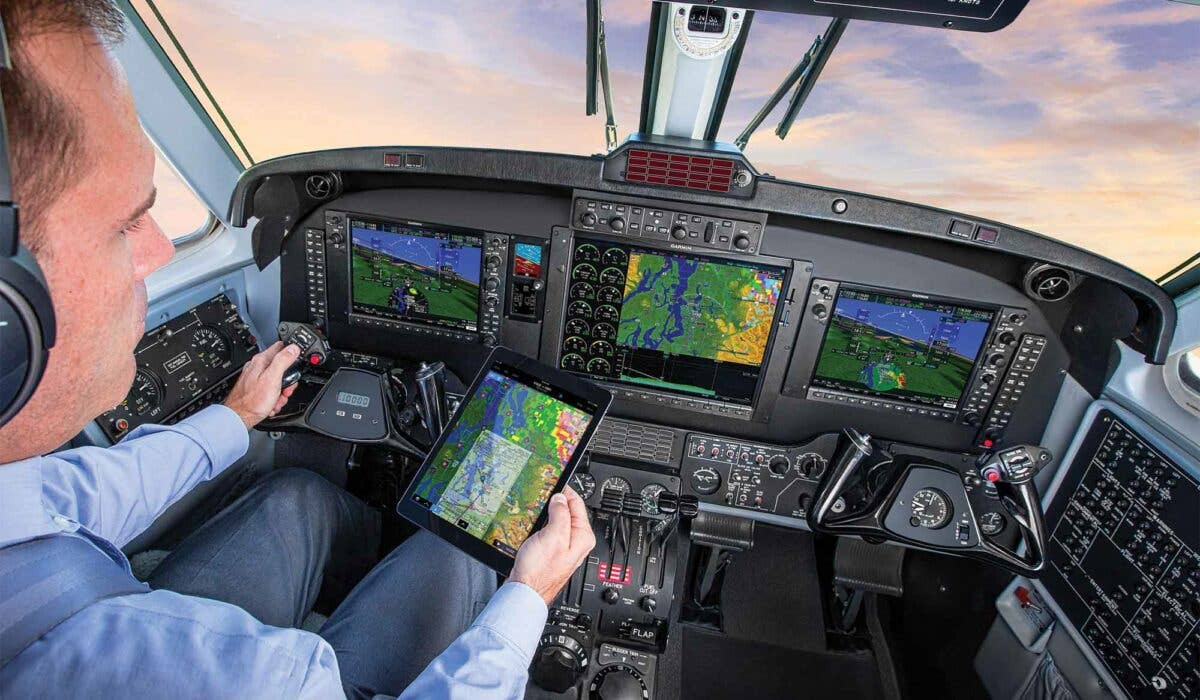How Many Hours in What Aircraft Are Needed Before Commercial Check Ride?
Does it have to be in a complex or technically advanced aircraft all the way?

Before making a commercial check ride, do learners need to be in a complex technically advanced aircraft all the way? [Courtesy: Garmin]
Question: I am preparing for my commercial pilot check ride. In addition to the hourly experience requirements I have logged six hours in a G1000 Cessna 172 (a technically advanced aircraft or TAA) and five hours of experience in a complex aircraft, specifically a Cessna 172RG. One of the instructors at the school says I need 10 hours in one or the other to qualify for the check ride.
My previous instructor, however, said I needed a total of 10 hours, and I could mix the experience and even take the check ride in a Cessna 150 to save money. Which CFI is correct?
Answer: Your previous instructor is correct.
For this one, we refer to FAR 61.129—Aeronautical experience for the commercial certificate, airplane single-engine rating, with the relevant clause in bold text.
61.129 (3) states:
(3) 20 hours of training on the areas of operation listed in § 61.127(b)(1) of this part that includes at least—
(i) Ten hours of instrument training using a view-limiting device including attitude instrument flying, partial panel skills, recovery from unusual flight attitudes, and intercepting and tracking navigational systems. Five hours of the 10 hours required on instrument training must be in a single engine airplane;
(ii) 10 hours of training in a complex airplane, a turbine-powered airplane, or a technically advanced airplane (TAA) that meets the requirements of paragraph (j) of this section, or any combination thereof. The airplane must be appropriate to land or sea for the rating sought.
It is also correct that you can take your commercial check ride in a Cessna 150—just make sure that both you and your designated pilot examiner fit in it and comply with weight and balance limitations.
Do you have a question about aviation that’s been bugging you? Ask us anything you’ve ever wanted to know about aviation. Our experts in general aviation, flight training, aircraft, avionics, and more may attempt to answer your question in a future article.

Subscribe to Our Newsletter
Get the latest FLYING stories delivered directly to your inbox






